Three or four weeks ago I received a Metabones 1.26x expander for Nikon F-mount lenses on Fujifilm G-mount cameras. This is an adapter with glass — and quite a bit of glass, at that — inside. It increases the focal length of any lens attached to it by a factor of 1.26, and expands the coverage of lenses meant for full frame cameras to 33×44 mm, so there is no vignetting. I’ve been busy with the color profiling work, so I didn’t unpack it until yesterday.
All the glass makes it fairly heavy. It’s otherwise a typical Metabones adapter, with their control ring for G lenses, and a bit tight on the camera side. It feels a tiny bit gritty when you mount it on the camera, but naked-eye inspection looks OK. It does have an Arca Swiss foot, which is useless on the GFX 100 because of the “front porch”. Because it’s raining today, I didn’t check alignment. We’re forecast to have a week of this rain, so it’ll probably be a while before I get to that.
I tested the adapter with a Zeiss Otus 55 mm f/1.4 F-mount lens. I also tested it on an a7RIV with another Metabones adapter (with no glass). I usually normalize to picture height when I’m making comparisons across formats, because I generally prefer 4:3 to 3:2 aspect ratios, especially in portrait orientation. The ratio of the height of the GFX 100 sensor to that of the a7RIV is 1.375:1, so the Metabones expander increases the vertical angle of view slightly.
Here’s my indoor test scene, with a 22-inch low-contrast Siemens Star target, the GFX 100, the Otus 55, and the Metabones expander:
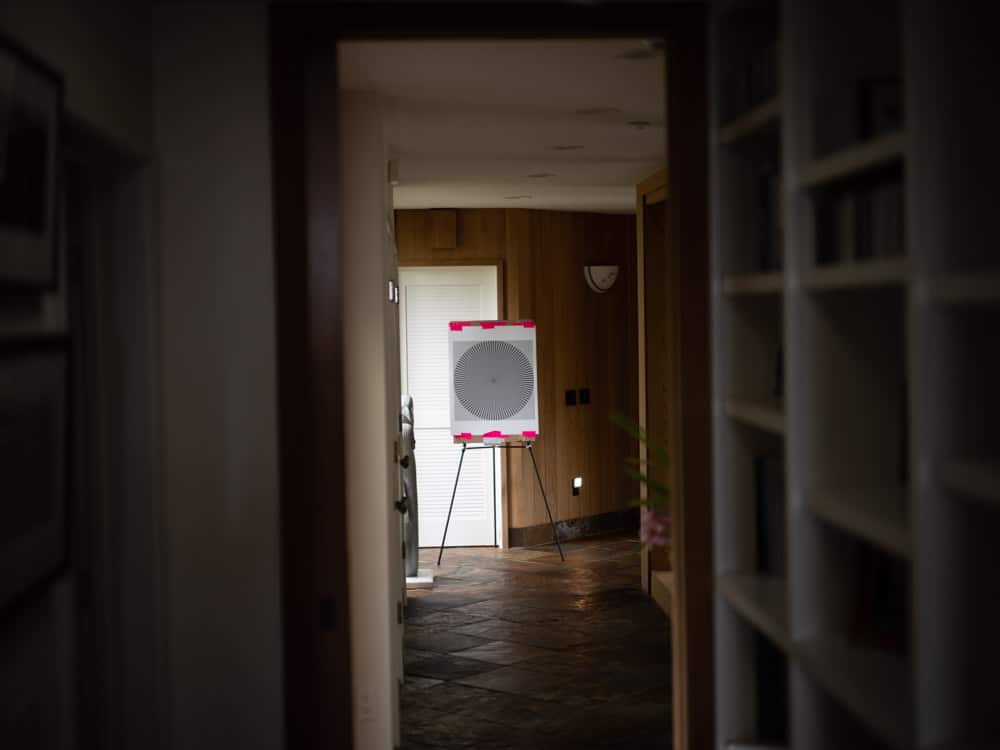
Here’s the protocol:
- Target distance 7 meters.
- The heaviest RRS legs
- Arca Swiss C1
- Self-timer set to 2 seconds
- Manual focusing at taking aperture
- ISO 100
- Indicated f-stops from f/1.4 through f/8 in whole stop intervals (making the effective f-stop about 2/3 of a stop narrower for the GFX 100 shots)
- Developed in Lightroom
- Sharpening amount 20, radius 1, detail 0 (which is substantially less sharpening than Lr’s default)
- White balance to gray target background
- Adobe Color profile
The GFX 100 shots are magnified by a bit under 150%. The a7RIV shots are blown up slightly more, so that the picture height of the crop is the same ratio to the picture height of the full sensor. You could argue that I should have preserved angle of view by blowing up the a7RIV shots slightly less than that, and I wouldn’t argue very much, but this is my practice for multi-format Siemens Star comparisons.
In the center:

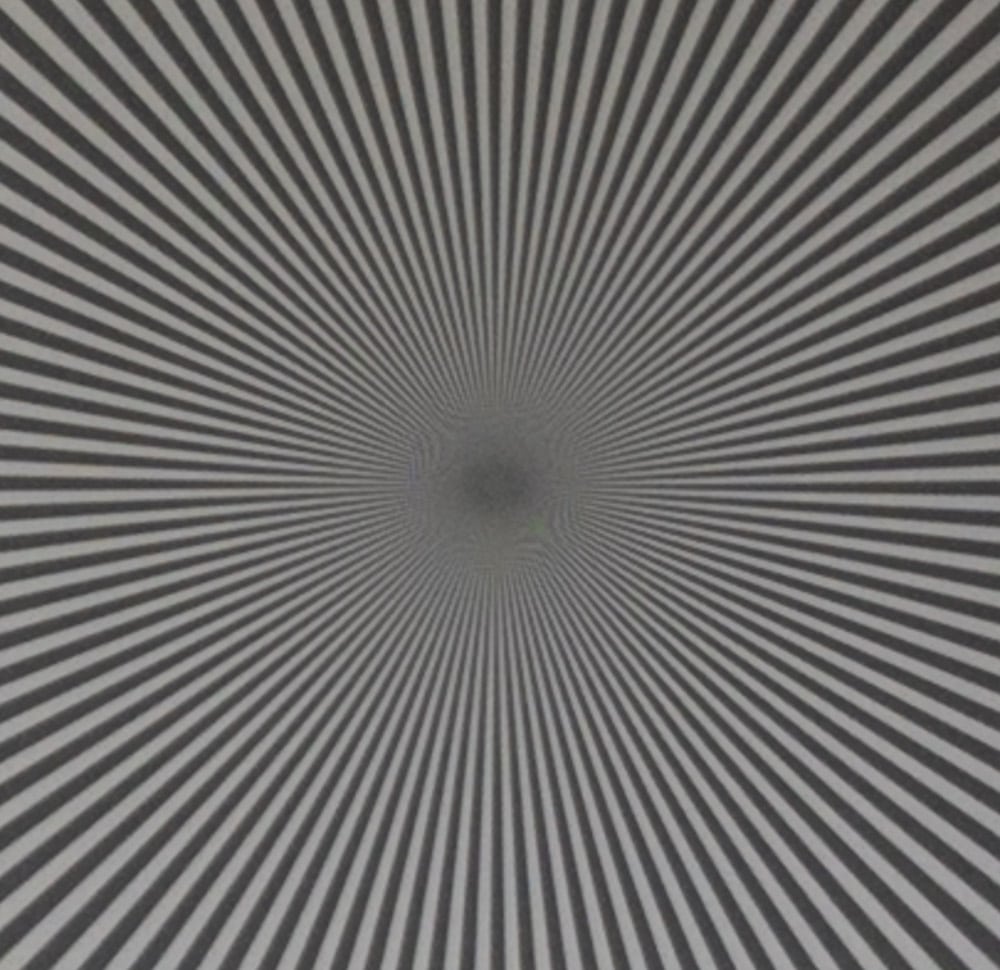
There is some indication that the GFX is seeing information from the lens beyond the Nyquist frequency, but the contrast there is low.
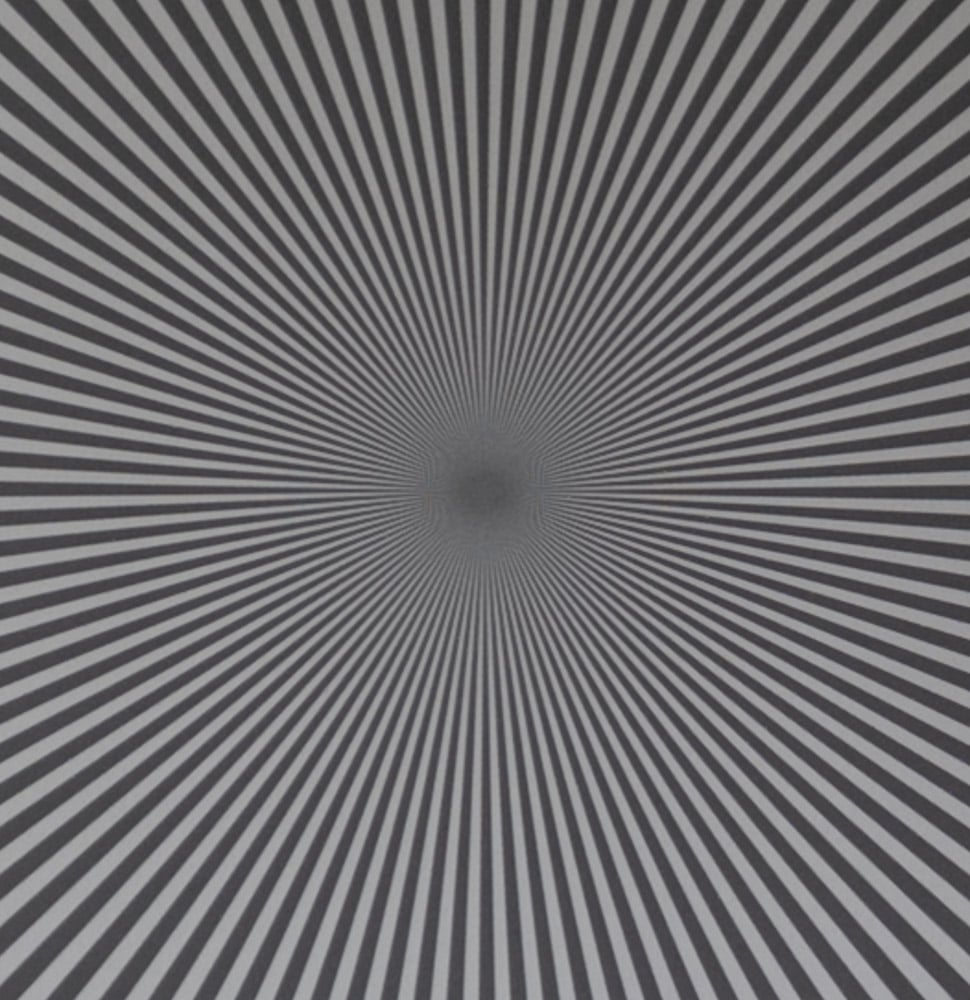

The same is true, but there is more contrast here.

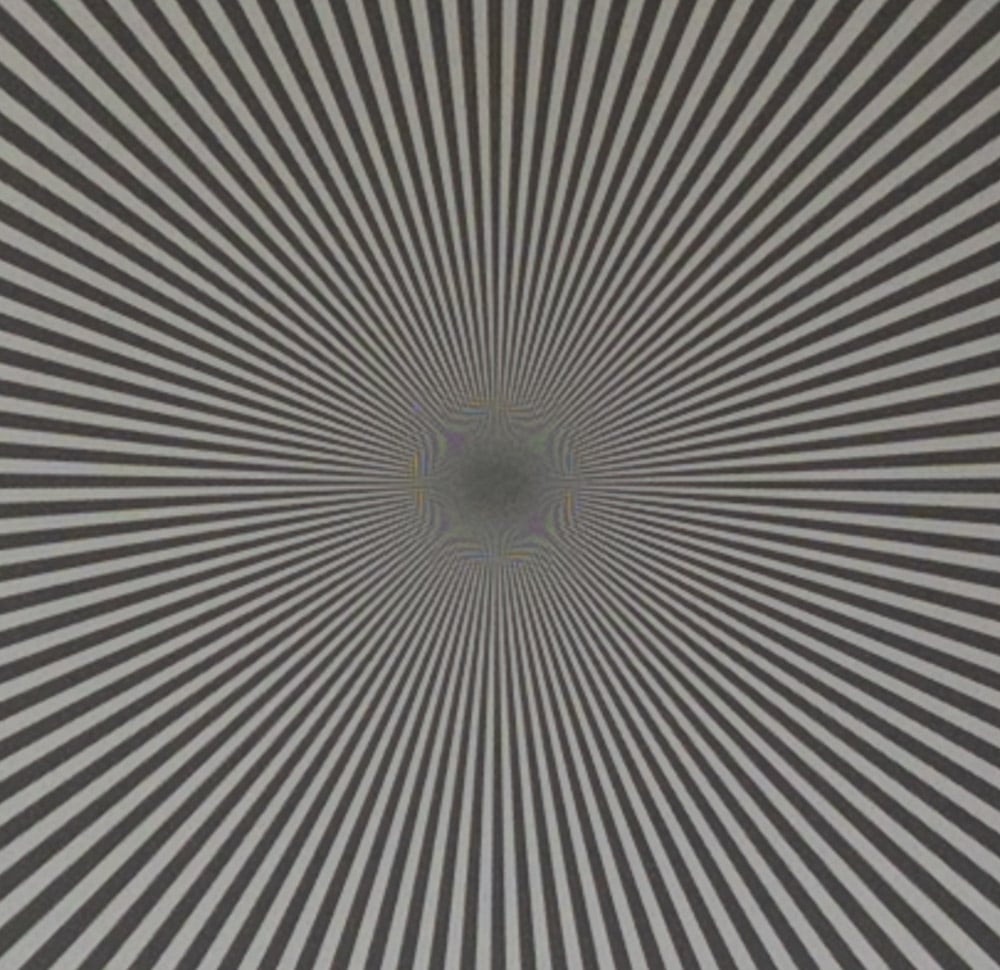
Now the contrast looks about the same.
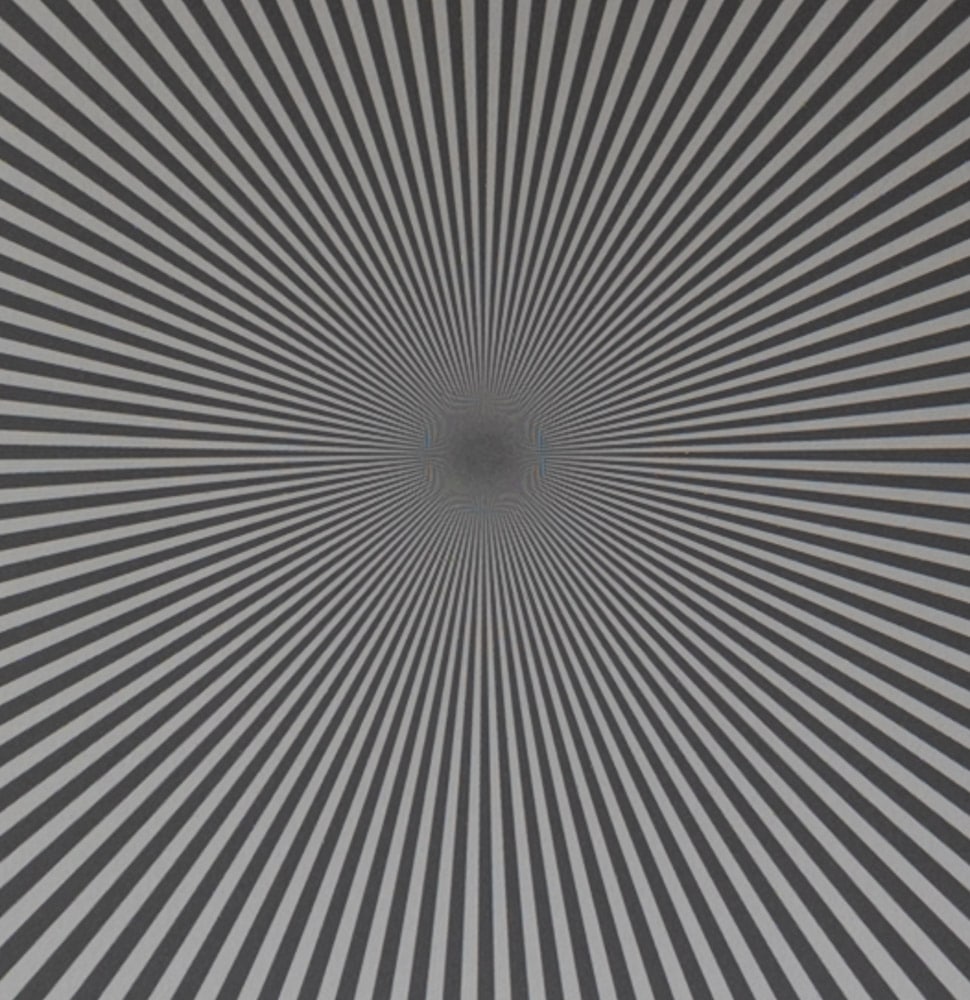
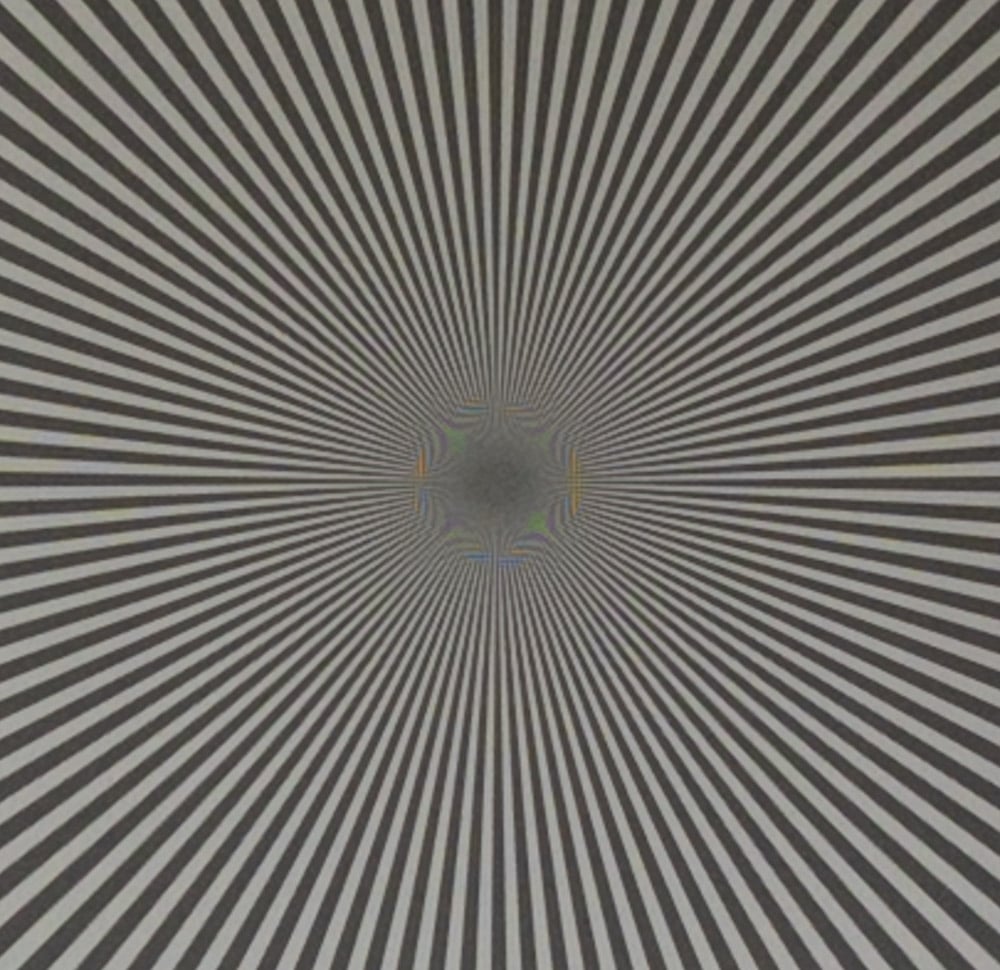
There’s still more contrast with the Sony, as you’d expect — no expander is perfect. F/4 looks like the best on-axis shot here. In other circumstances, with no expander, I’ve see the Otus 55 best between f/2 and f/2.8.
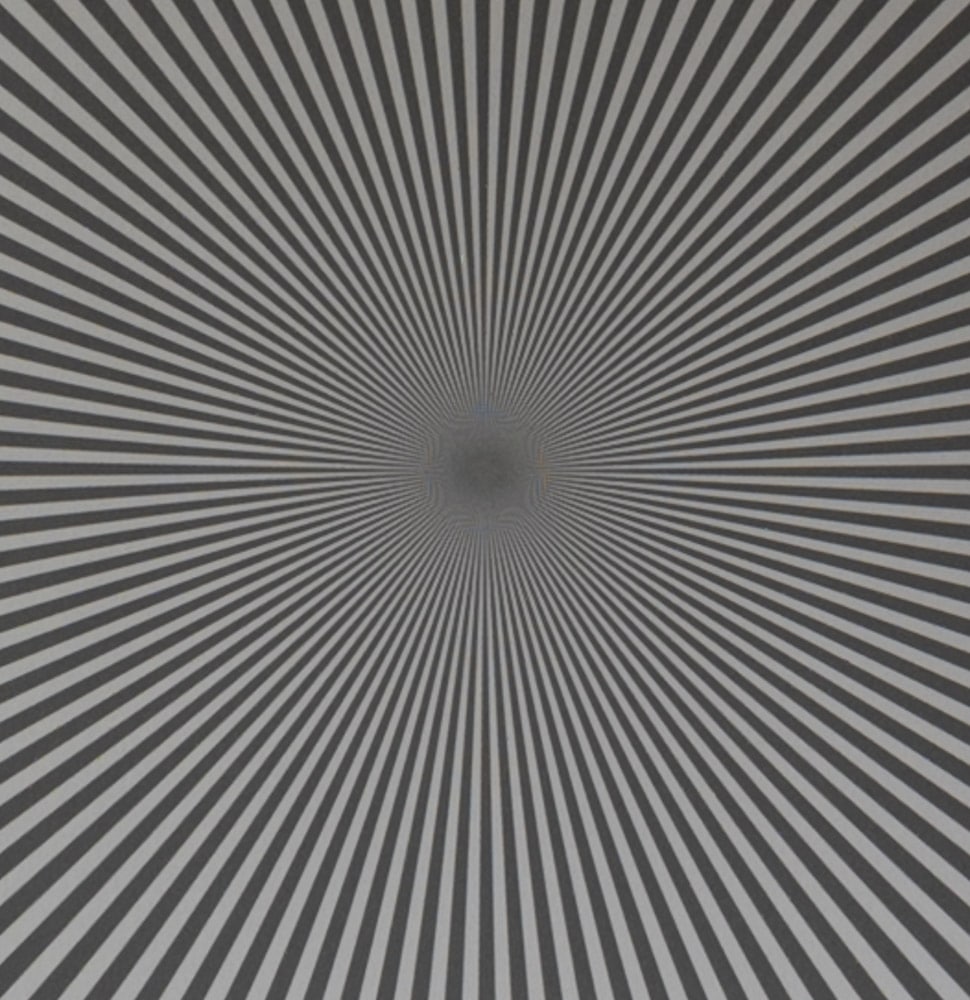
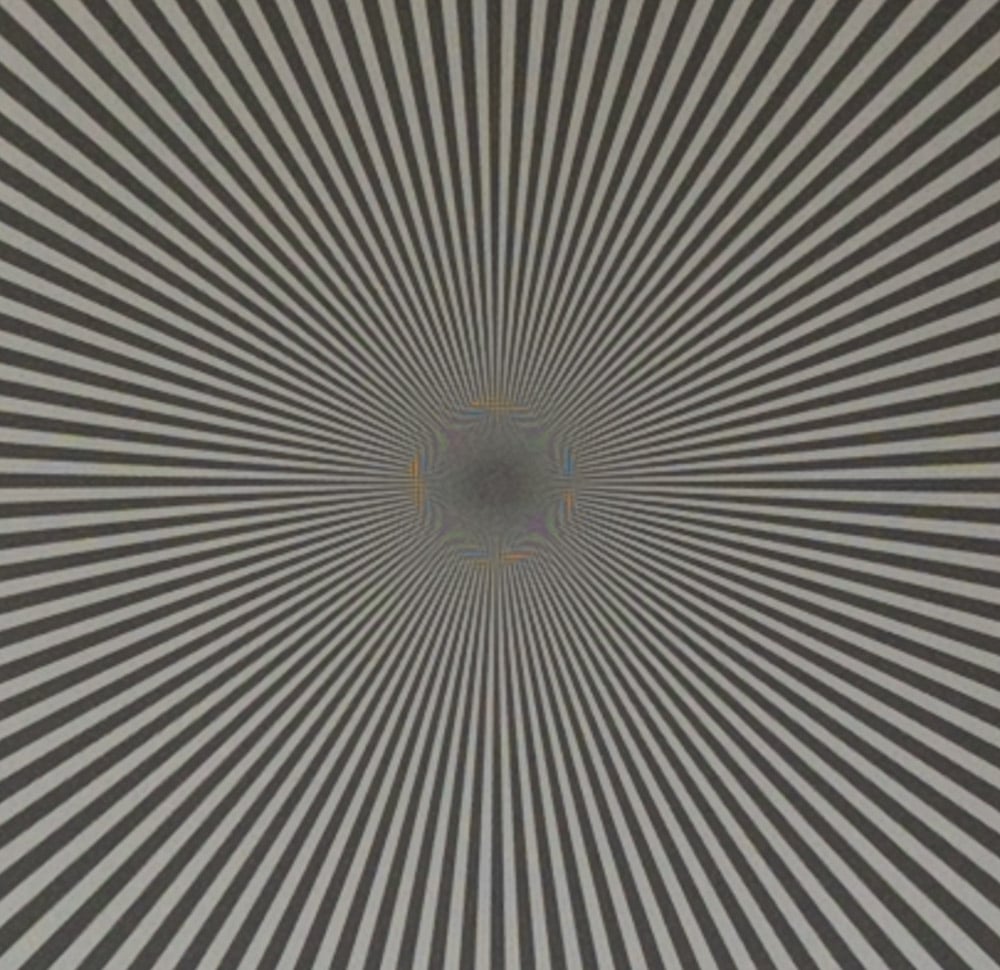
The Metabones adapter is really looking pretty good here.
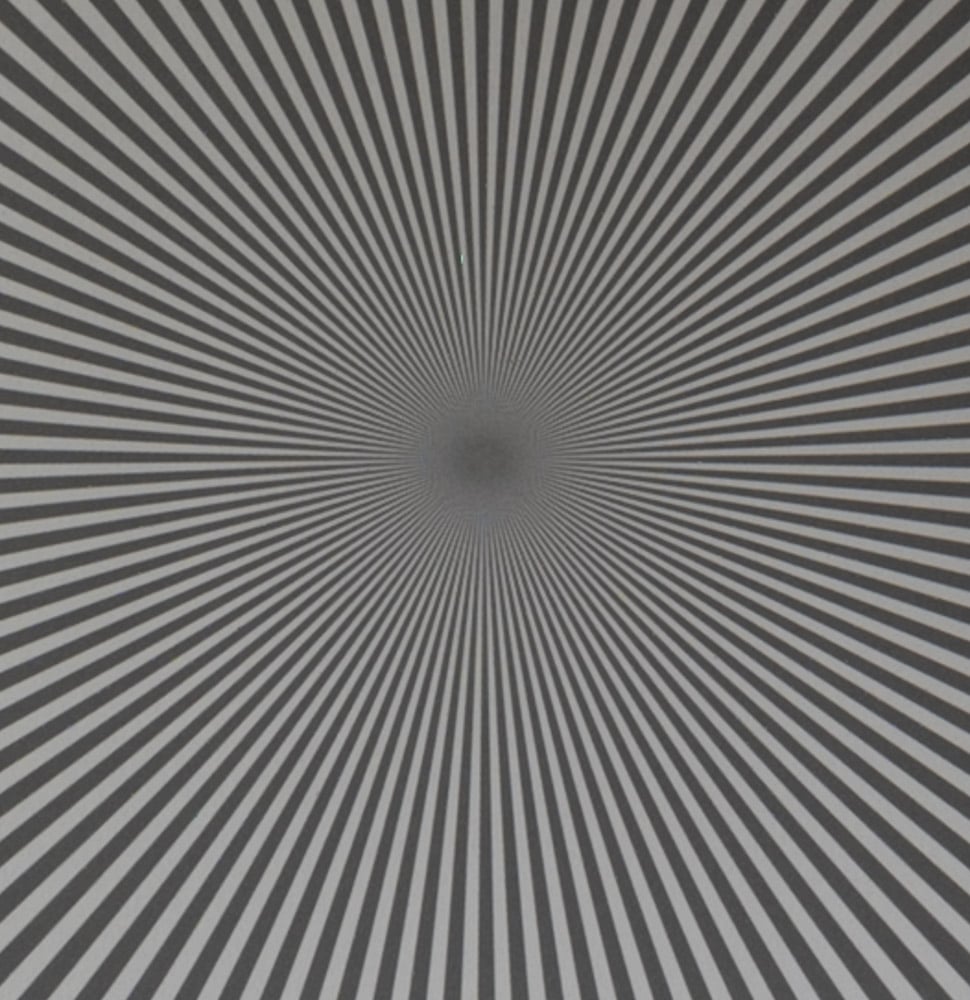
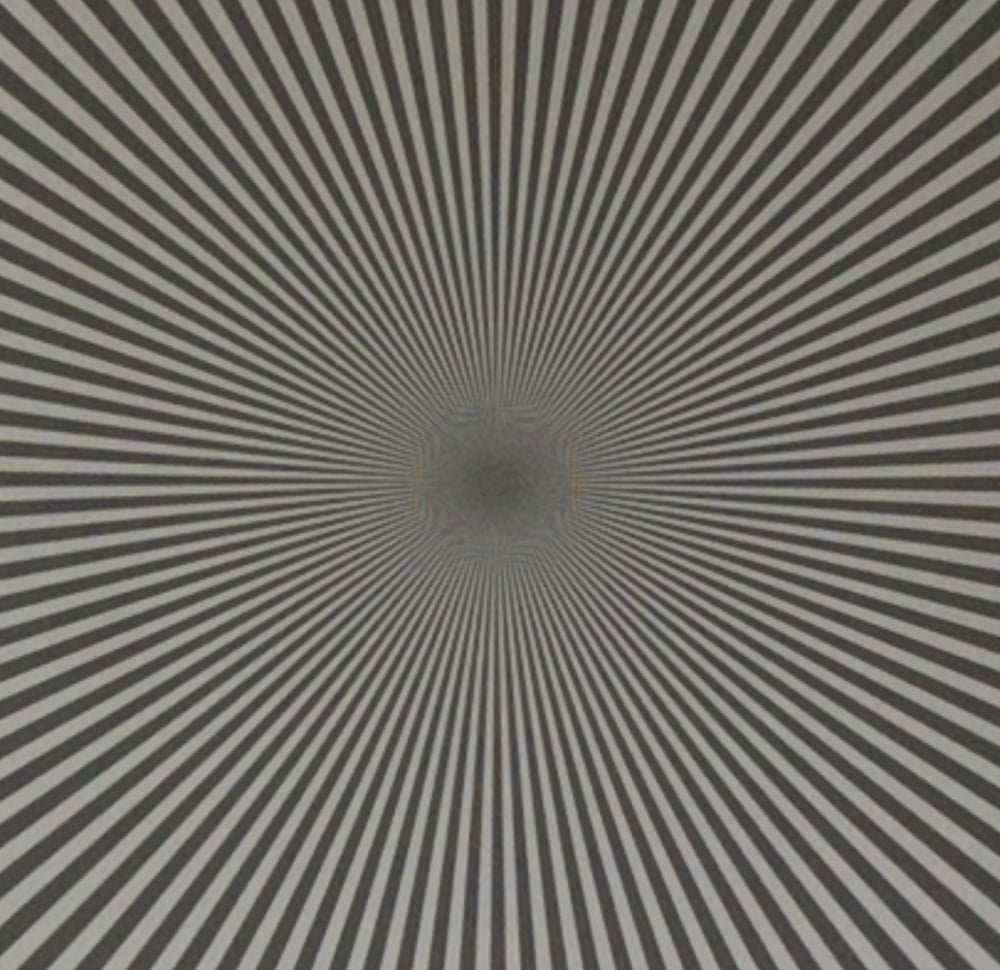
Diffraction is softening things up.
In the upper-right corner:
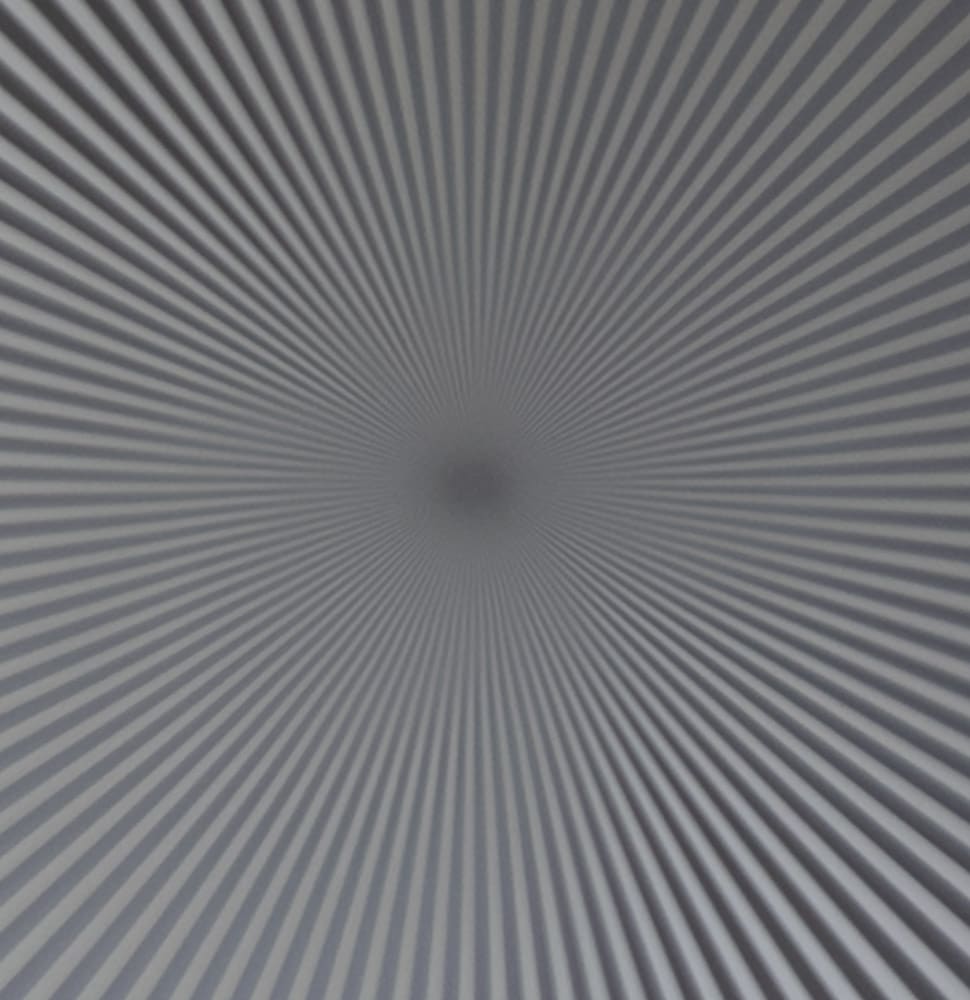
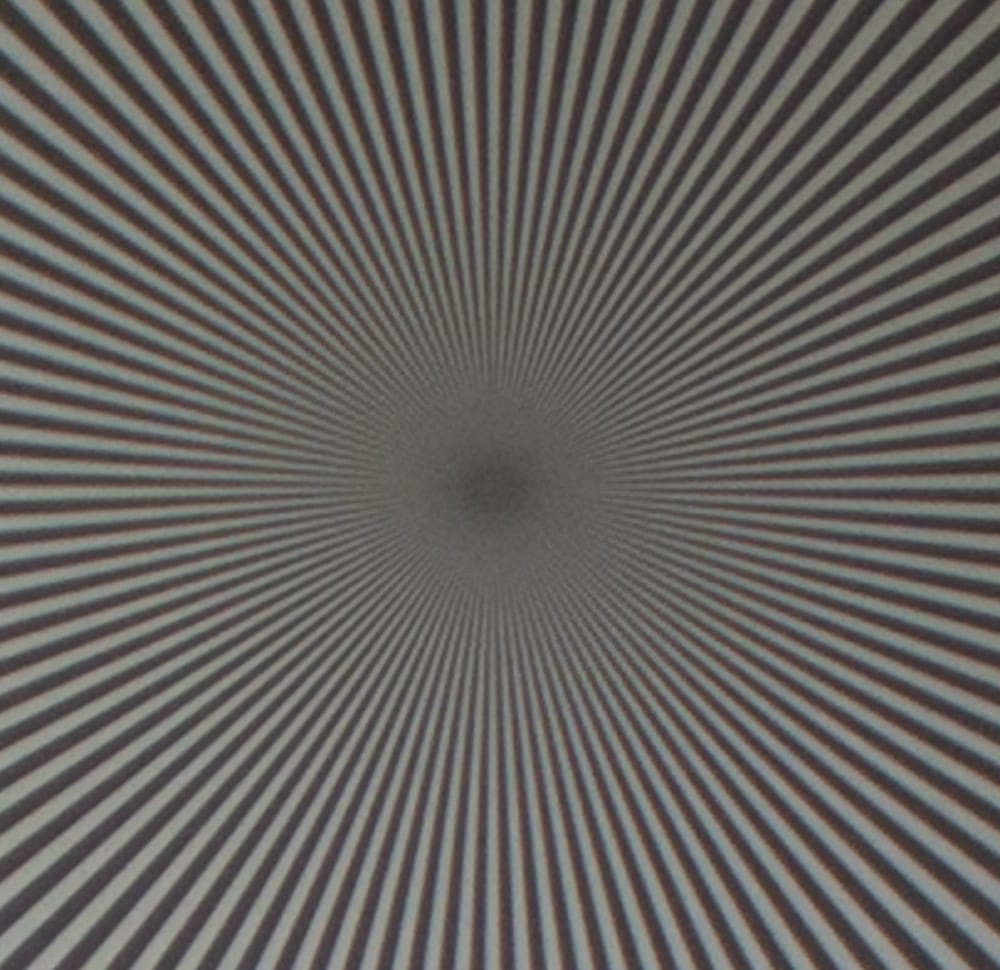
Not much difference.
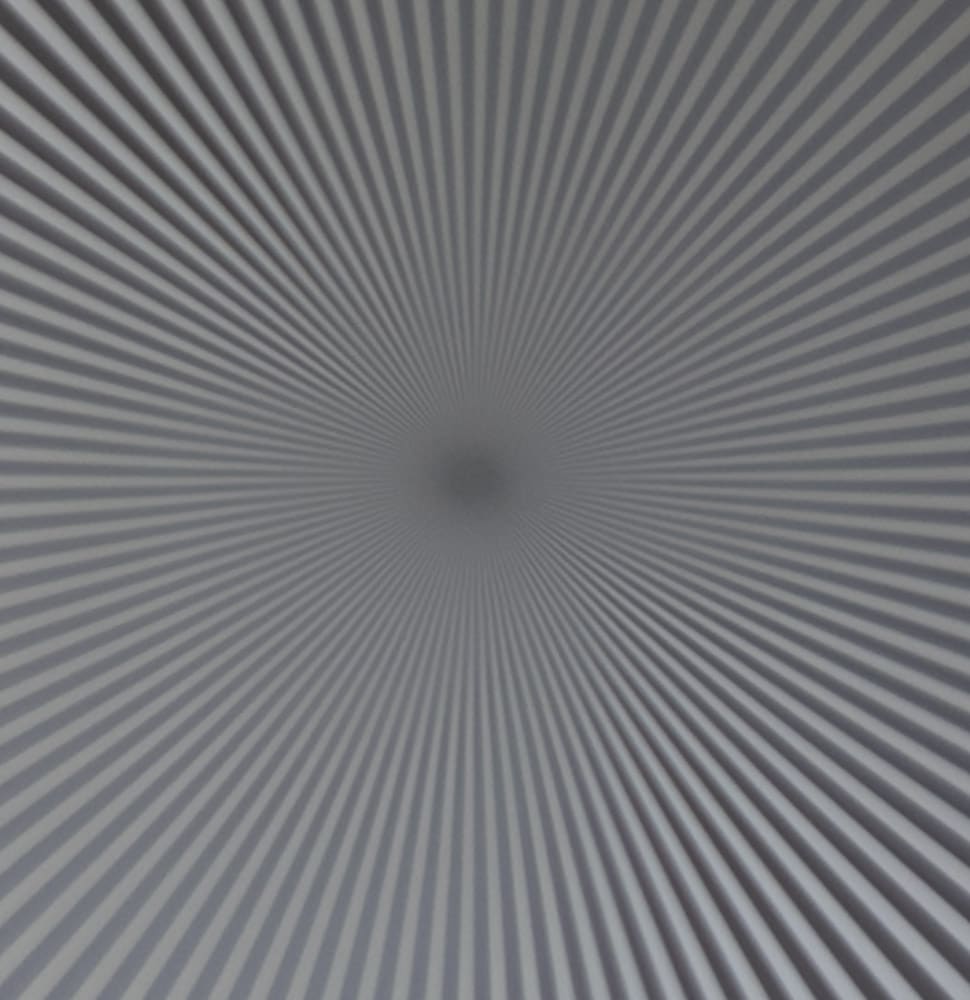
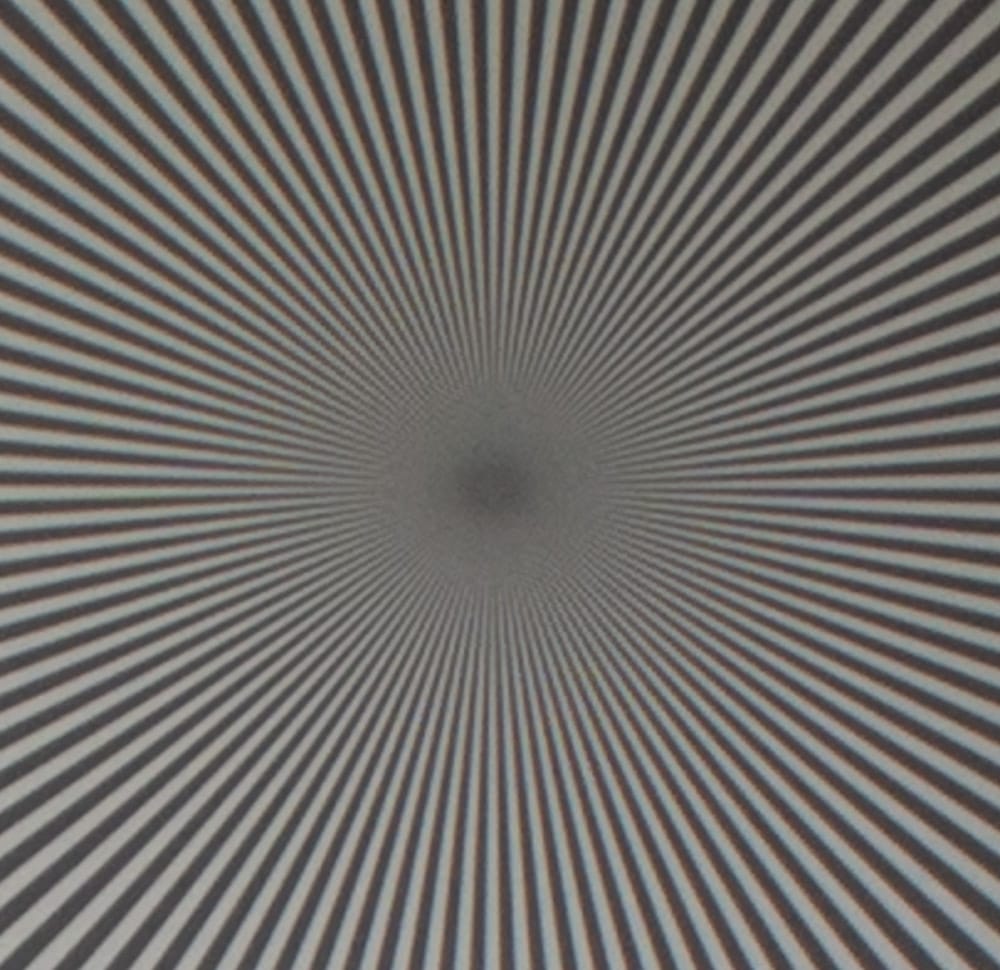
We are losing something with the adapter, but not much.
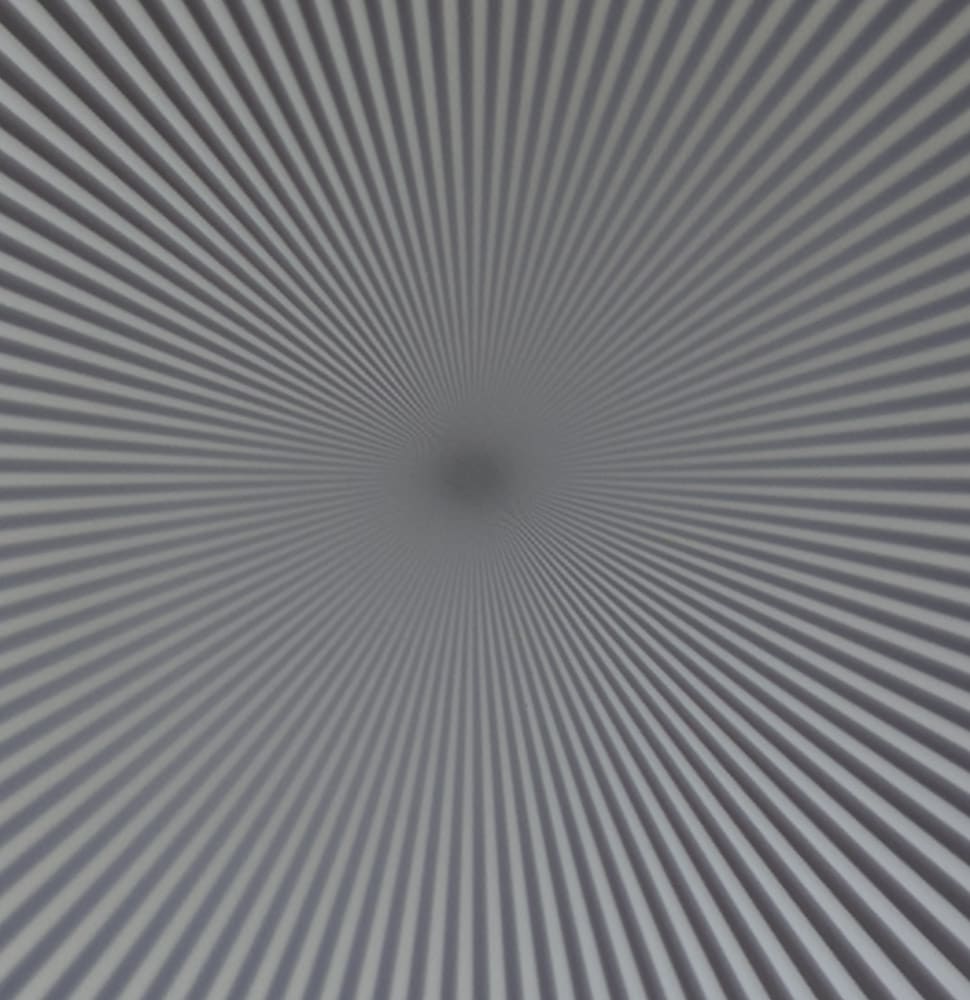
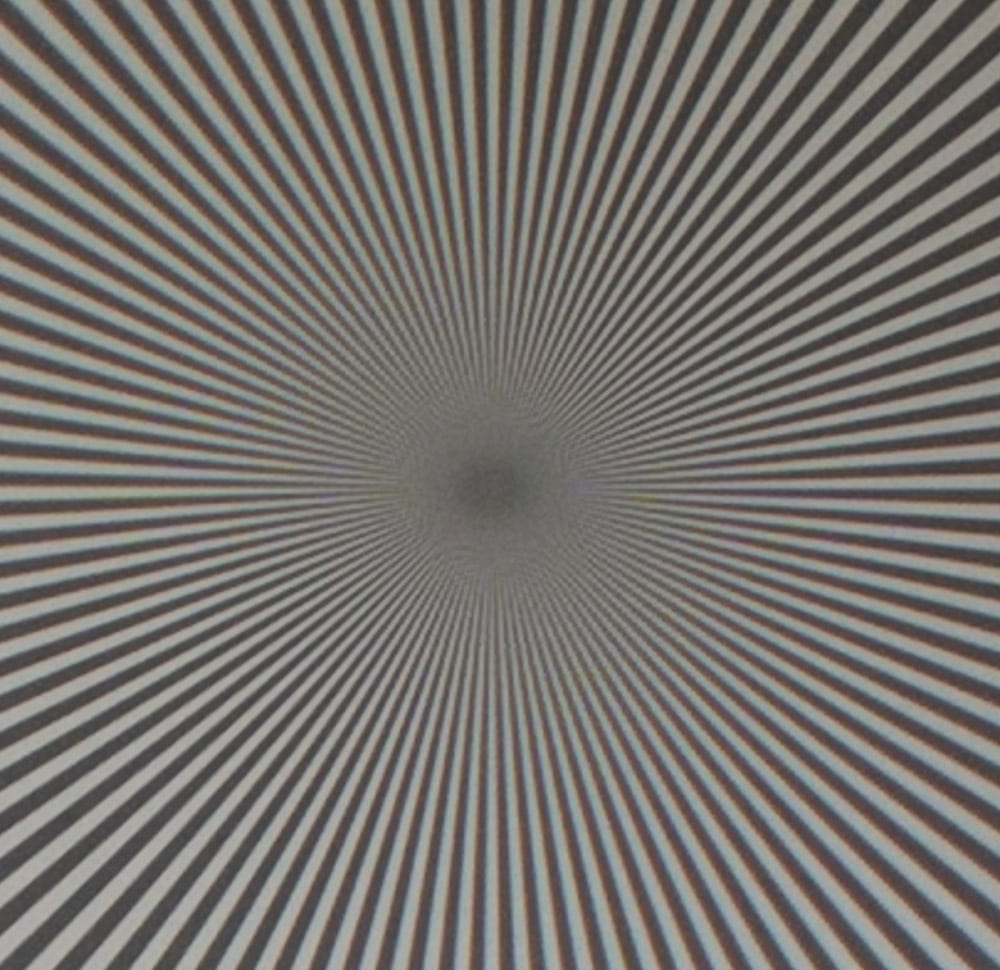
Now the difference between the expander and the no-glass adapter is significant.
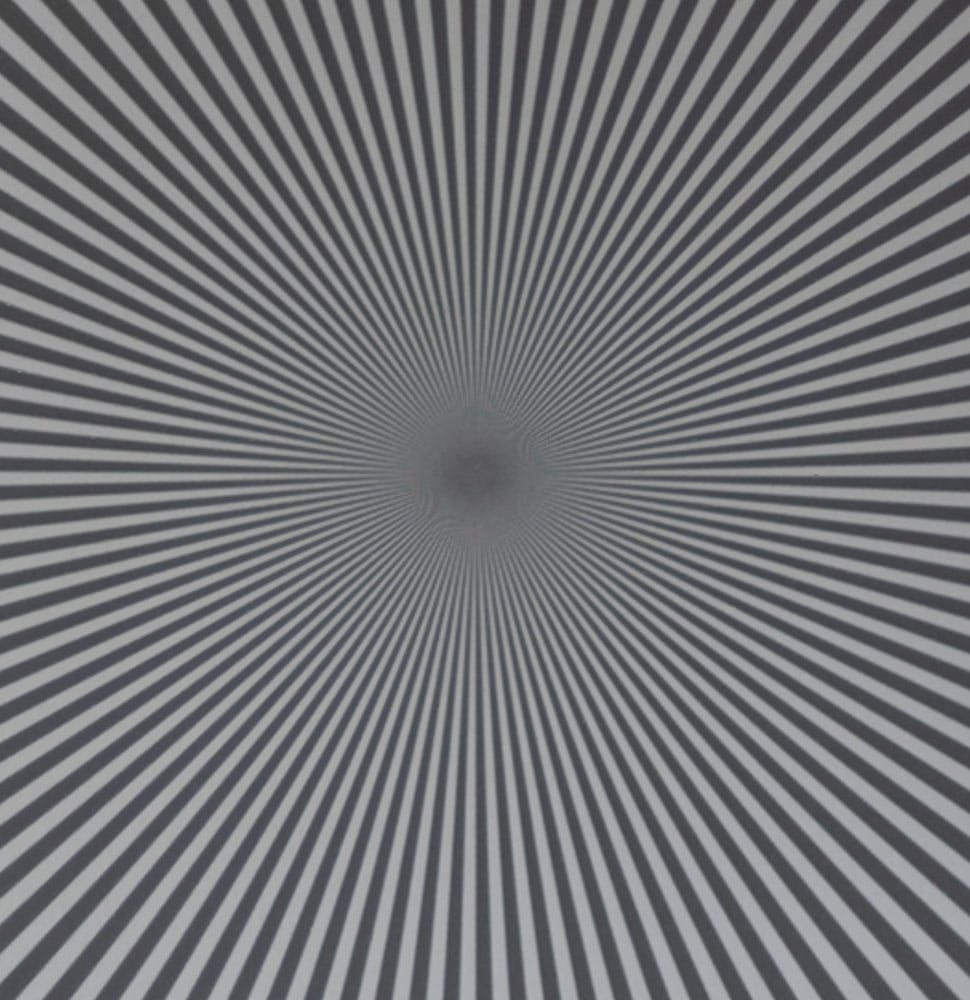
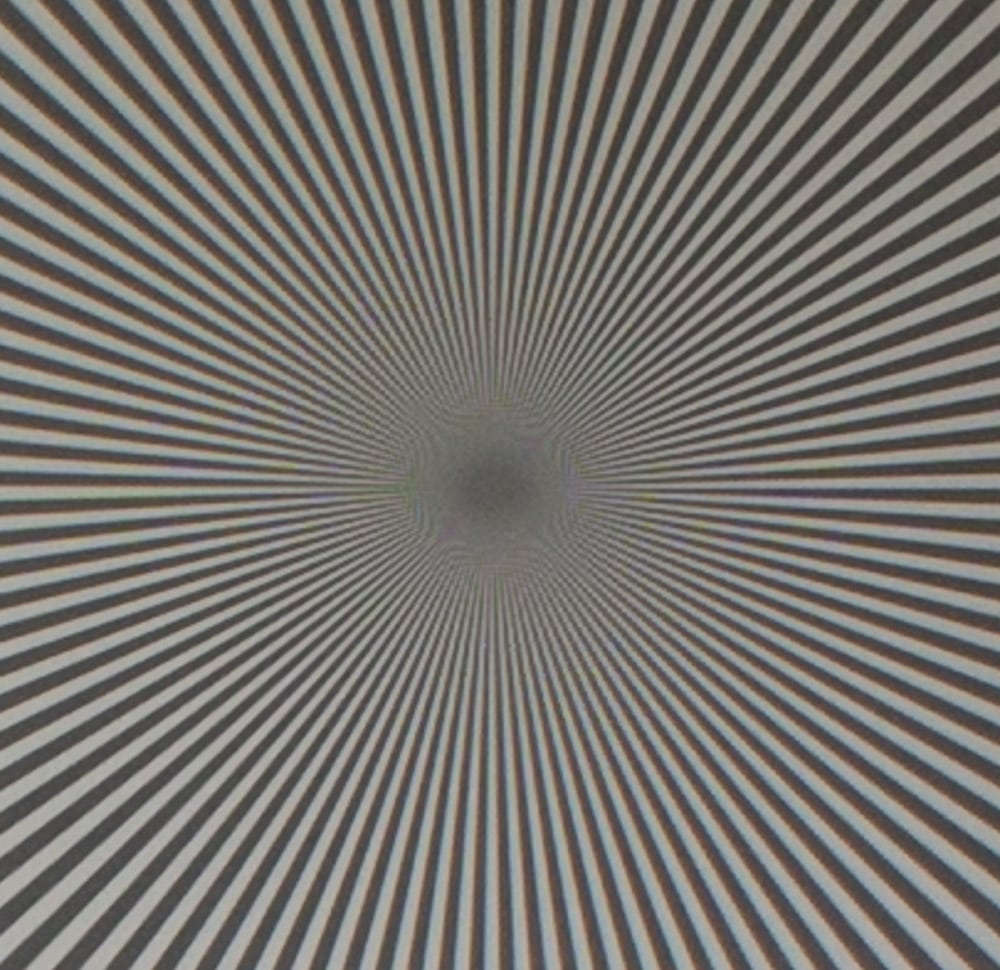
The a7RIV is doing better, but you wouldn’t call the GFX image bad.
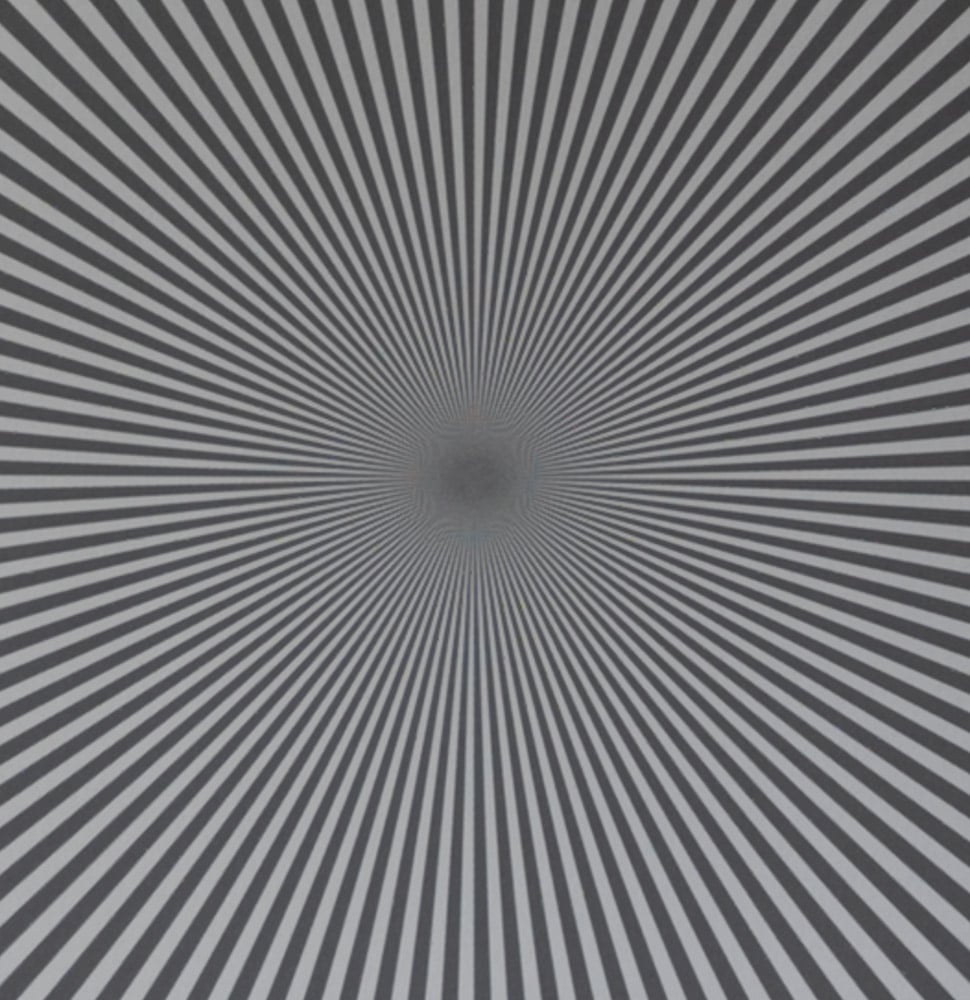
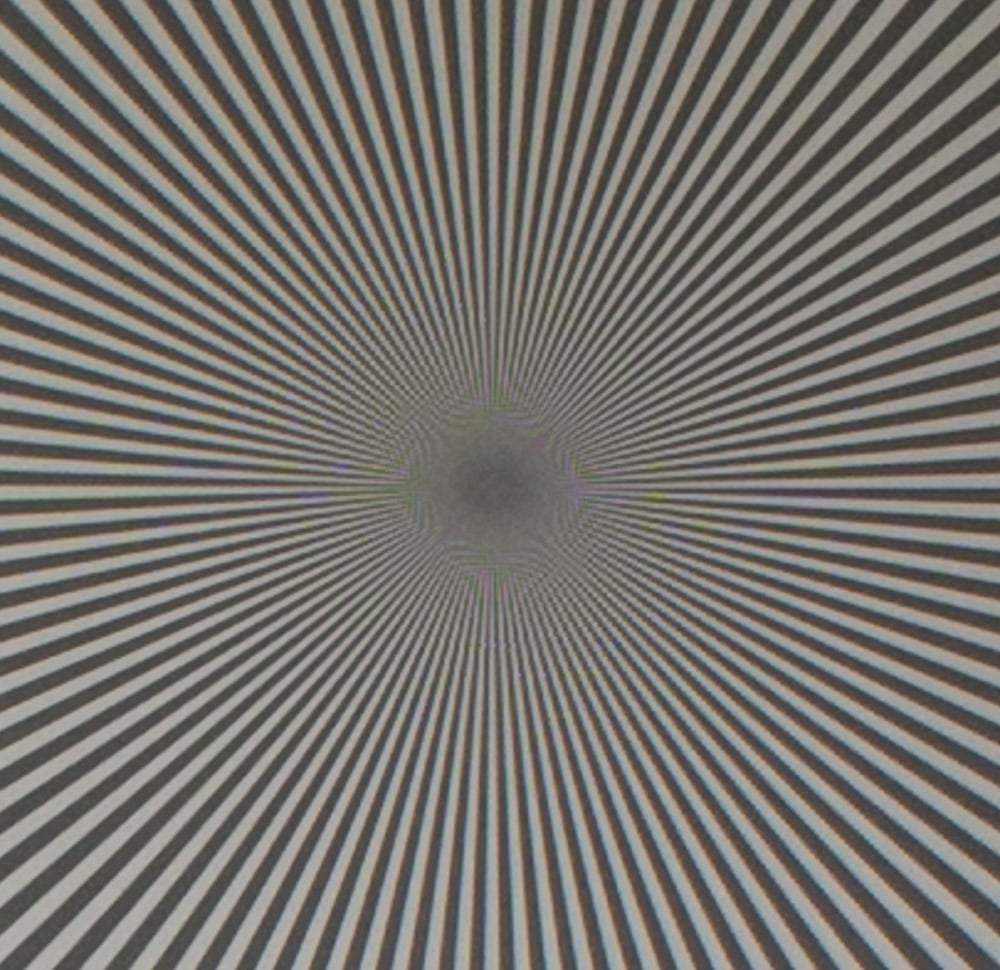
Now the expander image is quite respectable.
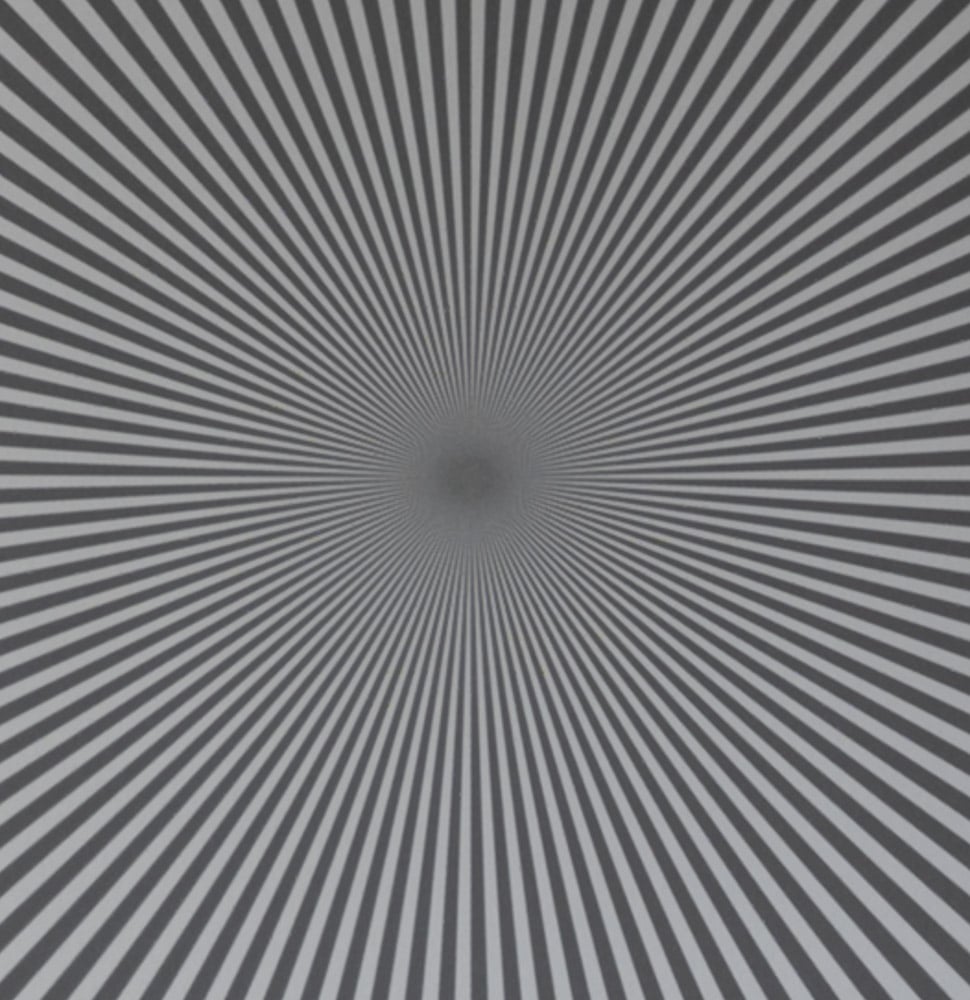
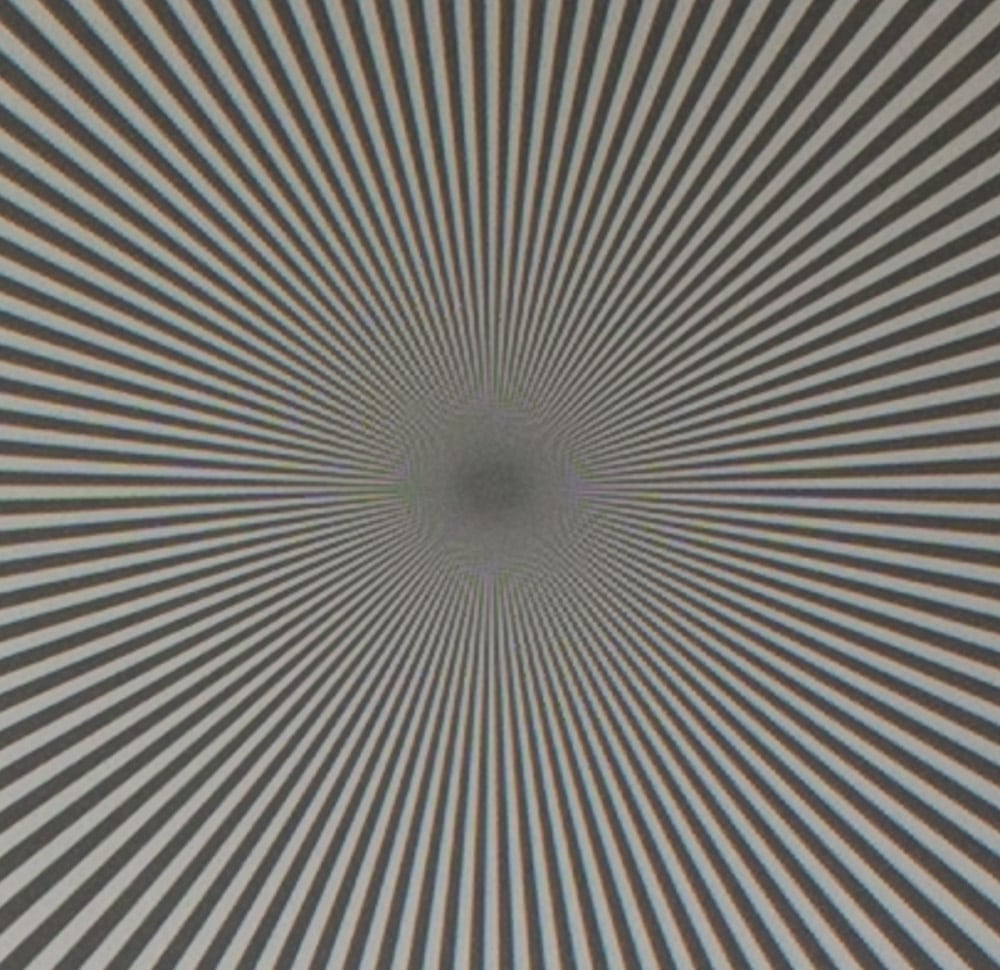
The expander image is softer.
I consider this an impressive performance for the Metabones expander. You’ve got to expect some loss in quality with a teleconverter, but this is quite modest. Of course, as with most adapters, I would expect the degradation to vary with the lens, with the shorter lenses being the most problematic. But that’s a test for another day.
Thanks a lot, Jim. Very useful, and pleasantly surprising.
Probably better results to expect than with the Laowa Magic Format Converter (MFC) x1.5 ? The later showing no use of special glass in it’s construction… Any a priori opinion ?
Best regards
Jean-Pierre
Interesting test. It would also be interesting to see a test where comparing the metabones expander image to upscaled image using bare lens in 35mm crop mode.
The a7RIV is basically a GFX 100 in 35 mm crop mode.
Jim, always fascinated with your scientific approach and need to spend more time looking over your older posts. Kind regards, Mike
Hello,
Really nice job.
Did You tested distortion of this expander (barrel or pincushion)?
Best,
Piotr
I did not.Sorry.
I know it’s less of a concern, but looking dead center at the star, the false colour moire on the Sony A7r4 is noticeably worse. All else being equal I myself wouldn’t trade slightly better overall contrast for false colour moire, but YMMV.
The pixel pitch on both sensors is the same, but the Fuji is able to spread the image out across 66% more pixels.
I’m simply impressed that Metabones can teleconvert/expand an image from any given lens this reliably & wonder how well the Laowa “Magic Format Converter” fares.